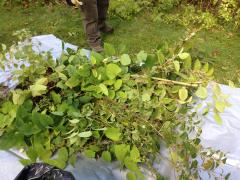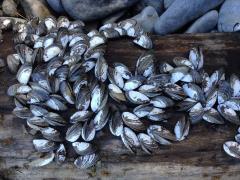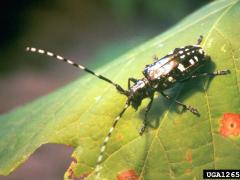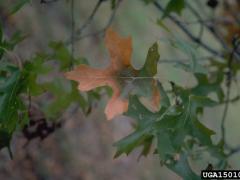New Field Guide on BioControl Available for Download
The USDA Forest Health Technology Enterprise Team has released a Field Guide for the Biological Control of Weeds in Eastern North America. This guide includes a quick search by flower color (non-flowering are gray), discusses basic plant and biocontrol biology, and has a symbol-driven efficacy quick guide (status for individual biocontrols: high-low priority, caution with redistribution, illegal to redistribute, no establishment, failed to establish).





